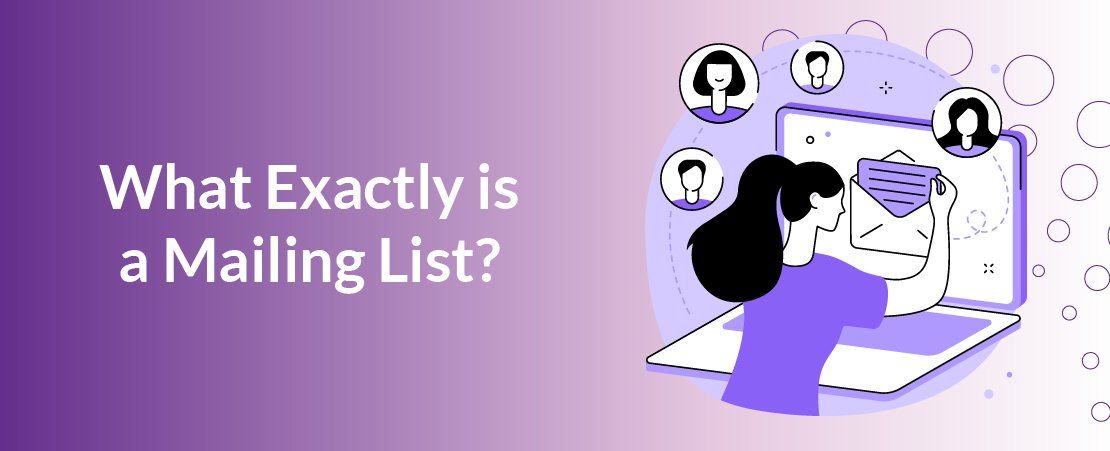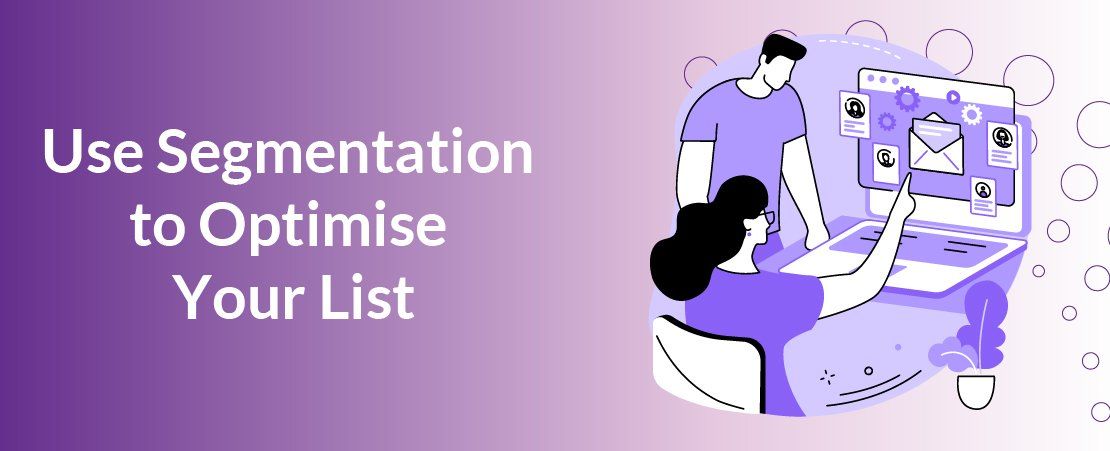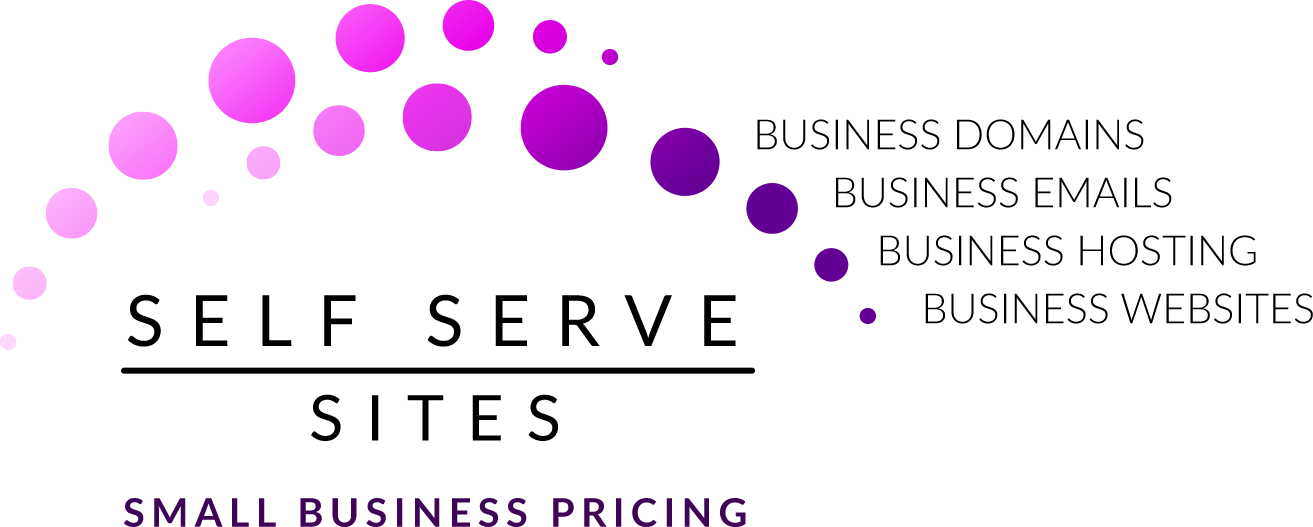What's a Mailing List? (And How to Build One)
If you’re looking to market to customers (and potential customers), there’s no more efficient way to do so than via email marketing. Everyone has an email, granting you unparalleled access to new leads, and with a well built mailing list the quality of the leads you can reach is similarly amazing.
That mailing list is a crucial asset that’s going to underpin your email marketing success, so let’s take a dive into what they are and how you can make yours amazing.

What Exactly is a Mailing List?
Let’s be clear, a mailing list is a lot more than an address book. It’s a collection of people who have signed up to receive emails from you. Historically it was also the term for a list of physical mailing addresses, but those days are over.
That’s why a mailing list is such an incredibly powerful tool, everyone on the list actually wants to receive what you’re sending them. An unfiltered address book will never achieve the kind of conversions that a well curated mailing list can, but you have to put the effort into doing that curation.
Keeping that firmly in mind, let’s now cover how you can keep your mailing list in peak condition and maximise the sales it can bring in.

Make Signing Up Worthwhile
The power of a mailing list comes from everyone on that list wanting to receive what you’re sending them. If they’re not interested in receiving your emails, it’s not marketing you’re sending, it’s spam.
The trick then is to make signing up to receive your email worthwhile, and that means giving them an incentive to hand over their valuable email address. What that incentive is can vary depending on your business, but whatever form it takes, the important thing is that it has value to your subscribers.
This can mean sending them a cheat sheet, template, access to a webinar, discounts and special offers, whatever you have that people want. Find the most tempting incentive you can, and use it to make people eager to sign up for your emails.

Use Segmentation to Optimise Your List
Once you have a collection of eager subscribers, it’s time to organise them. We call this segmentation, and it’s the process of dividing up your mailing list subscribers into segments based on demographics that will help you better speak with them.
A common set of segments is based on where they are in their customer journey with you. For example, you might segment your list into potential customers, new customers, repeat customers, and former customers. Each of these segments is going to have a different viewpoint, and you’ll be well served by tailoring your message to suit that segment.
Your mailing list is the basis for your email marketing success, make sure you’re giving it the attention it deserves. Build and care for your mailing list, and it will help you build and care for your business.










